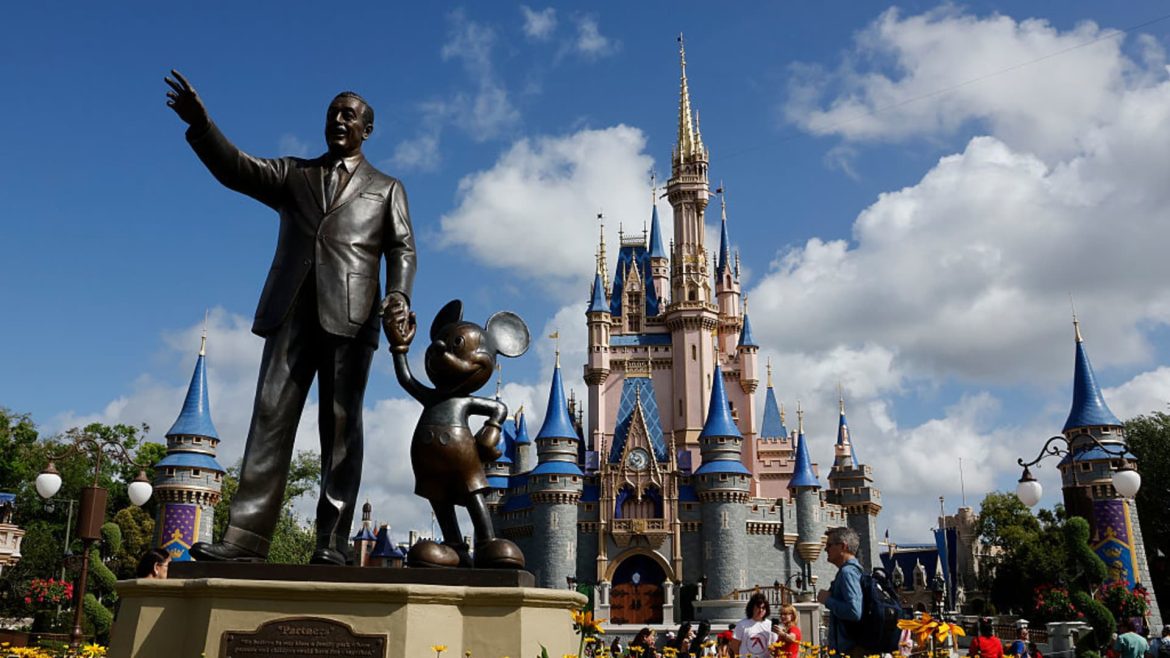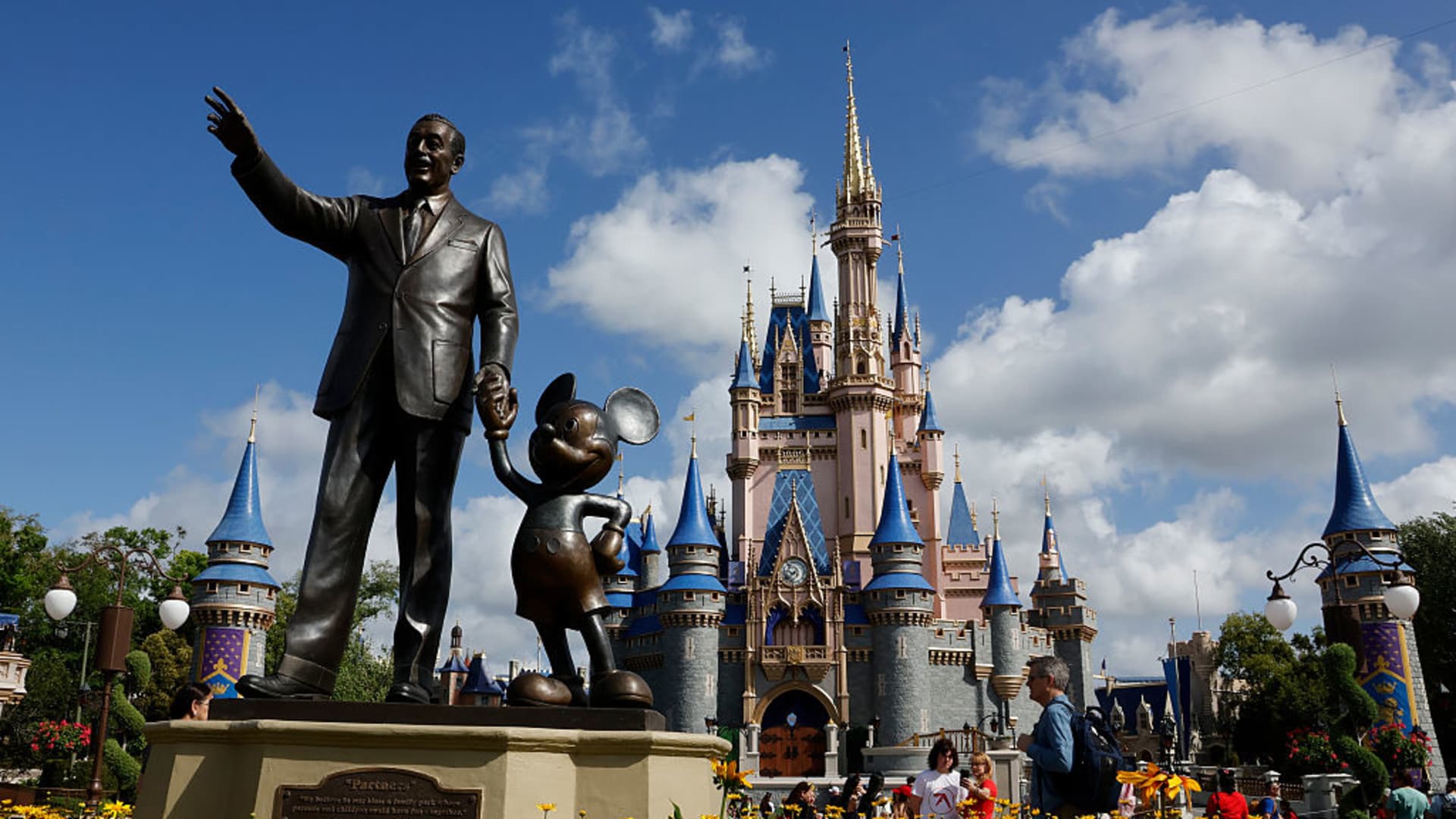The Economic Enchantment of Disney Parks: A $67 Billion Annual Impact Across the U.S.
Disney Parks & Resorts have long been emblematic of fantasy and entertainment, enchanting millions of visitors each year. Beyond their cultural and recreational value, these iconic destinations substantially drive economic activity in the United States. Recent data reveals the scale and breadth of Disney’s economic footprint, underscoring its critical role in supporting jobs, local economies, and national tourism. This report examines the multi-dimensional impact of Disney Parks’ operations, with a focus on the latest $67 billion annual economic contribution and the extensive employment it sustains.
Disney Parks: An Economic Powerhouse Coast to Coast
Disneyland Resort in California and Walt Disney World in Florida together contribute nearly $67 billion in economic impact across the nation. This figure encapsulates direct and indirect economic activity deriving from millions of annual visitors, park operations, and associated businesses, including suppliers, hospitality, transportation, and retail sectors. The footprint spans beyond the home states of California and Florida, influencing all 50 states through extensive supply chains and tourism-linked spending.
The Dual Magnetism of California and Florida
– California Impact: Disneyland Resort alone generates approximately $16.1 billion annually. This impact reverberates through Southern California’s economy, supporting over 102,000 jobs in the region. The resort’s presence influences countless local enterprises — from hotels and restaurants to transportation services — amplifying economic vitality.
– Florida Impact: Walt Disney World’s contribution to the Sunshine State outpaces its Californian sibling at roughly $40.3 billion annually. This economic activity underpins more than 263,000 jobs, making Disney World a cornerstone of Florida’s labor market and tourism infrastructure.
Together, these two parks account for the overwhelming majority of Disney’s economic infusion nationally, yet the indirect effects link to a broader network of American businesses and employment.
Employment: The Engine Behind Disney’s Economic Output
Supporting more than 403,000 direct and indirect jobs nationwide, Disney Parks & Resorts stand as one of the largest private employers connected with the tourism sector in the U.S. The jobs span a variety of roles, including:
– Park operations and entertainment staff
– Food and beverage services
– Hotel and lodging personnel
– Transportation and logistics
– Retail and merchandise sectors
– Local suppliers and service vendors
This employment not only benefits workers directly engaged with Disney but also sustains ancillary sectors where income circulates and stimulates regional economies.
Tourism and Local Business Ecosystems
Disney Parks function as powerful catalysts for tourism. Millions of domestic and international visitors flock annually, generating vast consumer spending that influences local economies. This spending supports small and medium-sized enterprises within proximity to the parks and around transportation hubs such as airports, train stations, and highways that serve Disney destinations.
The multiplier effect of Disney’s visitor-driven spending cascades through communities, fostering:
– Hotel occupancy and hospitality employment
– Restaurant revenues
– Retail sales
– Cultural and entertainment offerings in regional markets
By anchoring cities like Anaheim and Orlando as global tourism destinations, Disney supports urban development and infrastructure investments that benefit residents and visitors alike.
Strategic Expansion and Investment: Preparing for the Future
Disney is actively investing billions into its theme parks and resorts in the coming decade, aiming to expand attractions, enhance guest experiences, and incorporate technological innovation. Such investments bolster the parks’ capacity to attract visitors, thereby sustaining and increasing economic impact.
For example, expansion plans include new rides, upgraded guest services, and immersive lands, all requiring large-scale construction, specialized labor, and material procurement. These initiatives promise to sustain Disney’s stronghold in the theme park industry and its economic contributions amid competitive and changing market dynamics.
Resilience Amid Economic Challenges
Despite facing macroeconomic pressures such as inflation, fluctuating consumer sentiment, and operational challenges from natural events, Disney Parks have demonstrated resilience. Recent financial reports show increased park attendance, revenue growth, and strong operating profits, highlighting the enduring appeal of its experiences. Even with periodic dips in operating income, Disney’s parks remain a formidable economic force with solid revenue streams supporting vast employment and supplier networks.
Conclusion: Disney Parks as a Cornerstone of American Economic and Cultural Life
Disney’s $67 billion annual contribution to the U.S. economy reflects more than entertainment success; it embodies a critical infrastructure of jobs, community development, and tourism vitality. With over 403,000 jobs supported nationwide and economic effects permeating every state, Disney Parks & Resorts serve as an unparalleled engine of economic activity.
This robust economic involvement, driven by iconic destinations in California and Florida, affirms Disney’s integral role in shaping both local economies and the national tourism landscape. As Disney continues to invest in its parks and innovate guest experiences, its economic magic promises to generate enduring value for communities and stakeholders for years ahead.





